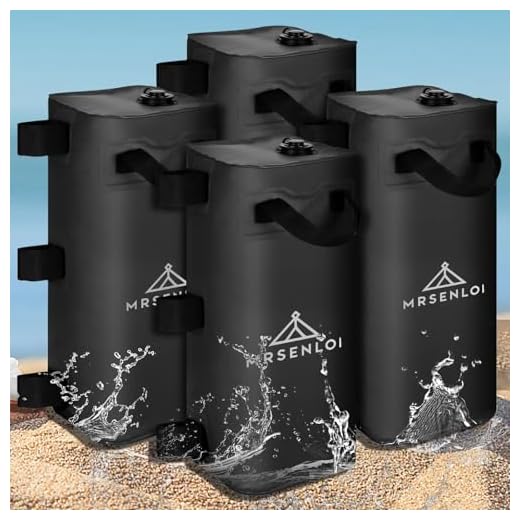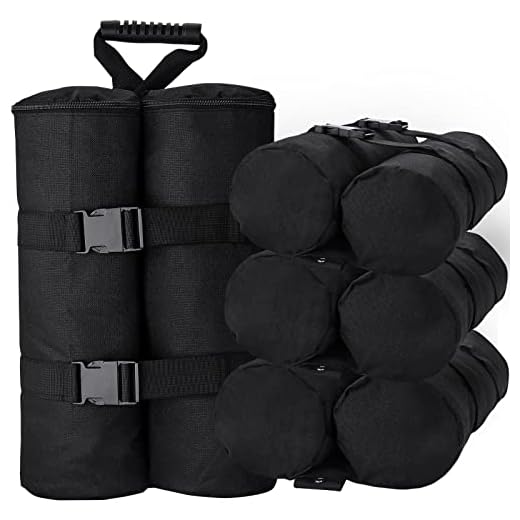
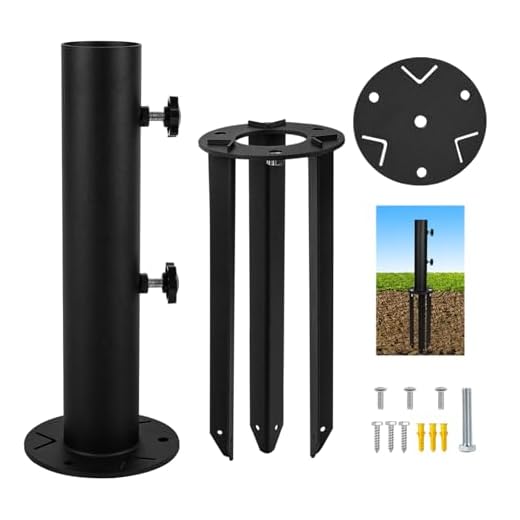
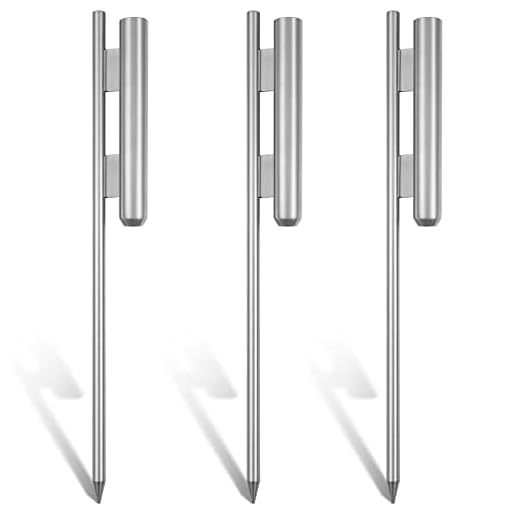

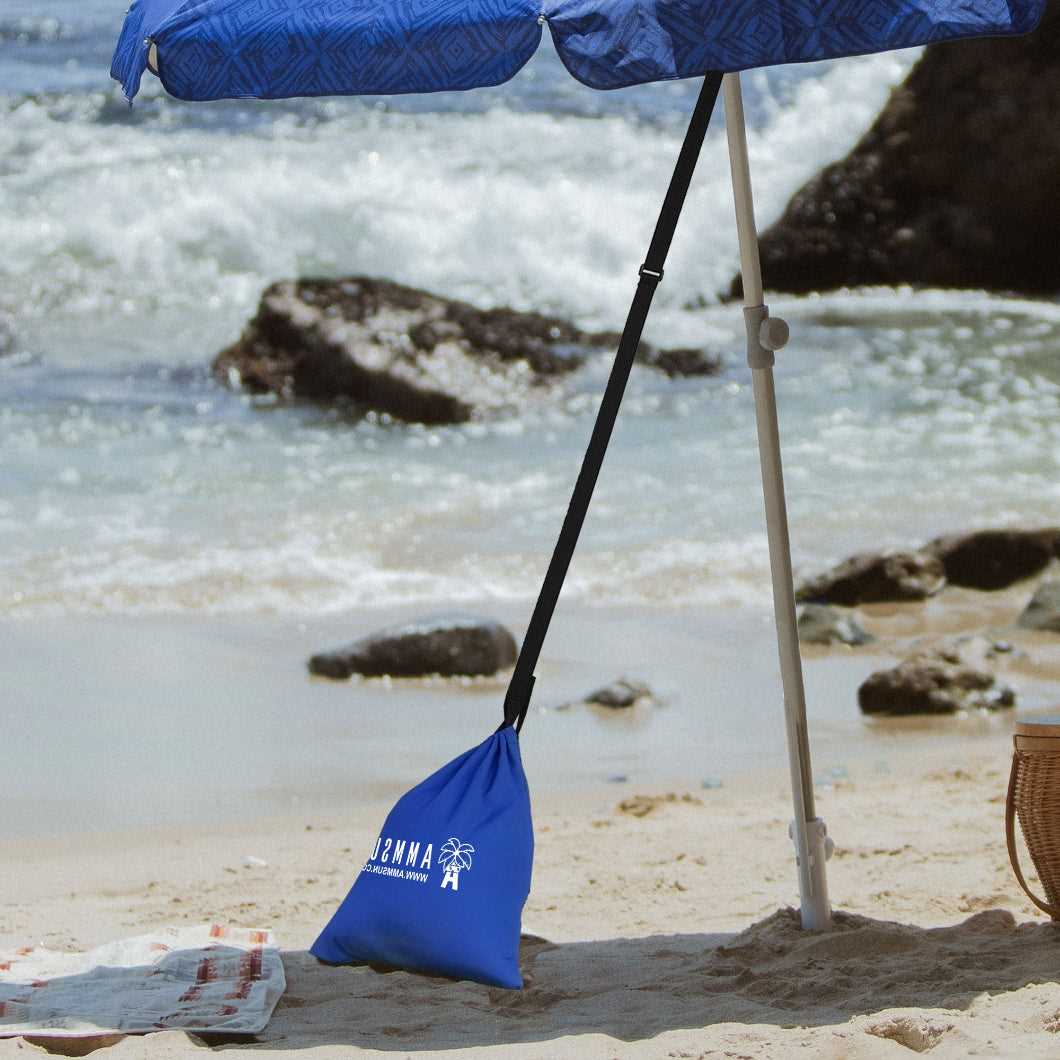
To ensure stability on windy days, using a weighted base is highly recommended. This method effectively prevents your canopy from toppling over, providing peace of mind during outdoor activities. In this article, I will explore various options for securing your shade structure, offering practical solutions that cater to different environments and preferences.
This piece is tailored for outdoor enthusiasts, event planners, and anyone looking to maintain a secure shelter during unpredictable weather. You will find insights into various anchoring methods, including water-filled bases, sandbags, and innovative tie-down systems. Each option comes with its own set of advantages, making it easier for you to choose the right fit for your needs.
By the end of this article, you’ll be equipped with knowledge about effective anchoring solutions that enhance safety and comfort. Whether you’re hosting a picnic, attending a beach party, or setting up a market stall, these strategies will help you enjoy your time outdoors without the worry of your shelter blowing away.
Best Strategy to Secure Your Canopy
Utilizing a heavy-duty base is one of the most reliable methods for stabilizing your canopy during windy conditions. Opt for a base filled with sand or water, which provides weight and stability. This approach minimizes the risk of your canopy being displaced by strong gusts.
Another effective solution involves using stakes and tie-downs. By securing the structure to the ground with these anchors, you create a firm connection that greatly reduces movement. Choose durable materials that can withstand outdoor elements.
Additional Recommendations
- Weight Bags: Fillable bags can be added to the legs for extra stability. These can be filled with sand or gravel, making them versatile and easy to transport.
- Windbreaks: Positioning barriers such as screens or natural elements around the structure can divert strong winds, reducing stress on the canopy.
- Proper Setup: Ensure the canopy is set up on a flat surface. An uneven area can increase the likelihood of tipping or collapsing.
Maintaining awareness of weather conditions is crucial. Monitor forecasts before setting up, and be prepared to take down your canopy if winds exceed safe levels.
Choosing Weights for Stability
For optimal stability, select weights that can securely hold the structure in place against wind and other elements. The recommended weight can vary based on the size and design of the shelter. A general guideline is to use at least 50 pounds for smaller models and increase the weight for larger ones.
Consider the material of the weights as well. Sandbags, concrete blocks, or specialized weight plates can provide the necessary stability. Ensure that the weights are evenly distributed to maintain balance and prevent tipping.
Weight Considerations
- Size of the Canopy: Larger canopies require more substantial weights. Calculate the weight needed based on the square footage and intended exposure to wind.
- Wind Conditions: Assess the typical wind conditions in your area. Heavier weights may be necessary in regions prone to strong gusts.
- Portability: If frequent relocation is necessary, consider weights that are easy to transport while still providing adequate stability.
Experiment with different weight combinations to find what works best for your specific needs. Testing the setup in various conditions will help ensure reliability and safety.
Innovative Ground Stakes for Windy Conditions
Utilizing specialized ground stakes can significantly enhance the stability of outdoor canopies during windy conditions. These stakes are designed to penetrate various soil types, providing a secure hold that prevents movement caused by gusty winds.
One effective approach involves using spiral stakes, which feature a corkscrew design that allows for deeper anchoring while distributing force over a larger surface area. This design minimizes the risk of dislodgment and ensures that the structure remains upright even in challenging weather.
Types of Ground Stakes
- Spiral Stakes: Their twisted shape increases grip, making them ideal for loose or sandy soils.
- Heavy-Duty Metal Stakes: Crafted from robust materials, these stakes can withstand high winds and offer durability.
- Plastic Stakes with Reinforced Tips: Lightweight yet strong, they are easy to transport and install, perfect for casual outings.
In addition to the type of stake, the method of installation plays a crucial role. Burying stakes at an angle, rather than straight down, can significantly improve holding power. This technique allows for better resistance against lateral forces exerted by wind.
- Choose an appropriate stake based on soil type and expected wind conditions.
- Drive the stake into the ground at a 45-degree angle.
- Ensure that only a portion of the stake remains above ground for easy access.
Incorporating these innovative solutions not only enhances safety but also prolongs the usability of outdoor setups, allowing for enjoyable experiences regardless of changing weather patterns.
Exploring Umbrella Base Options
Stability is key when selecting a support for a canopy. A robust base can significantly enhance durability and usability, especially in windy conditions. Various materials and designs are available, each offering unique advantages tailored to specific environments.
Concrete bases provide substantial weight, making them suitable for larger canopies. They often come in various shapes and can be easily placed in outdoor settings. Alternatively, plastic or resin bases can be filled with water or sand, offering a lightweight option that can be transported easily. These are particularly beneficial for smaller setups or temporary use.
Material Considerations
Choosing the right substance for the base impacts not just weight but also longevity. Here are a few commonly used materials:
- Metal: Provides durability and resistance to rust.
- Concrete: Offers superior stability, ideal for permanent fixtures.
- Plastic: Lightweight and versatile, suitable for portable options.
When evaluating options, consider the location and expected weather conditions. Heavy bases are preferable for exposed areas, while lighter varieties may suffice under sheltered conditions.
Design Features
Base design can also influence functionality. Some bases come with wheels for easy mobility, while others feature a decorative aspect to blend with outdoor aesthetics. Furthermore, compatibility with different pole sizes is crucial for effective use.
| Feature | Concrete | Plastic |
|---|---|---|
| Weight | Heavy | Light (when empty) |
| Durability | High | Medium |
| Portability | Low | High |
In conclusion, understanding the various options available allows for informed decisions when stabilizing a canopy. Assessing weight, material, and design will ensure optimal performance while enjoying outdoor spaces.
DIY Solutions for Securing Your Canopy
Utilizing a weighted base is a straightforward and efficient method for stabilizing your canopy. You can create one by filling a sturdy bucket or container with sand, gravel, or water. This not only adds weight but also allows for easy relocation when needed. Make sure the container is heavy enough to withstand wind gusts.
Another practical approach involves using ground stakes or anchors. By driving these into the ground at an angle, you can secure the support poles of your canopy. This method is particularly effective in grassy areas, ensuring that your setup remains stable during breezy conditions.
Additional Techniques
Consider using rope or bungee cords to tie down the canopy to nearby stationary objects, such as trees or fences. This technique provides extra support and minimizes movement caused by wind. Ensure that the knots are tight and secure.
Another innovative solution is to use PVC pipes to create a framework that supports the canopy. By constructing a base with these pipes, you can create a custom-fit structure that holds the canopy firmly in place. This option offers versatility and can be adapted for various sizes of canopies.
- Weighted bucket filled with sand or water
- Ground stakes for securing poles
- Rope or bungee cords for additional support
- PVC pipe framework for stability
Each of these methods provides a reliable way to ensure that your shelter remains upright and functional, regardless of weather conditions. Experiment with different combinations to find the most suitable solution for your specific setup.
Assessing Environmental Factors for Anchoring
Evaluating soil type and ground stability is paramount for securing a canopy in outdoor settings. Sandy or loose soils often lack the necessary grip to hold down supports firmly, while clay or compacted soils provide better resistance against wind forces.
Wind patterns should also be analyzed before setting up. Areas prone to strong gusts require additional measures to fortify the structure. Understanding local weather conditions aids in determining the most effective methods for stabilizing your shelter.
Key Environmental Considerations
- Soil Composition: Identify whether the ground is sandy, clayey, or rocky.
- Wind Speed: Monitor local meteorological reports for average gusts and seasonal variations.
- Surface Area: Consider the footprint of the canopy and its interaction with the ground.
- Obstructions: Be aware of nearby trees, buildings, or other structures that may affect wind flow.
By understanding these factors, one can implement more reliable strategies for keeping the structure stable and secure during variable weather conditions.
Comparing Portable vs. Permanent Supports
For those seeking stability, evaluating portable and permanent solutions is crucial. Both options have unique advantages, catering to differing needs and environments.
Portable devices offer flexibility, allowing users to easily relocate them based on weather conditions or personal preference. They are typically lightweight, making them ideal for outdoor events, picnics, or beach days. However, their effectiveness may diminish during strong winds or heavy rain, requiring additional weights or secure methods for stability.
Permanent Solutions
On the other hand, permanent fixtures provide unmatched reliability. Installed in a fixed location, they resist harsh weather and remain stable under various conditions. This option is suitable for backyards, patios, or commercial spaces where consistent use is anticipated. The trade-off, however, includes a higher initial investment and a lack of mobility.
- Portable Devices:
- Lightweight and easy to transport
- Quick setup and takedown
- Less expensive, with various styles available
- Permanents Solutions:
- Stable and durable under extreme conditions
- Requires installation and may involve more cost
- Fixed in one location, limiting mobility
Choosing between these options ultimately hinges on personal lifestyle and usage frequency. Consider how often you will utilize the equipment and the specific conditions you may face to make an informed decision.
Tips for Maintaining Anchor Effectiveness
Regular inspection of securing devices is key for optimal performance. Check for signs of wear, such as fraying or rust, and replace any compromised components immediately to prevent accidents.
Additionally, ensure that the securing mechanism is compatible with the surface it is attached to. Different materials require specific types of securing methods for maximum grip.
Maintenance Guidelines
- Inspect Regularly: Conduct visual checks every few weeks, focusing on joints and connections.
- Clean Thoroughly: Remove dirt and debris that may accumulate, particularly in moving parts.
- Store Properly: When not in use, keep devices in a dry place to avoid corrosion and damage.
- Test Functionality: Perform tests after maintenance to ensure everything operates smoothly.
- Use Quality Materials: Invest in high-grade materials that withstand environmental conditions.
Implement these practices to ensure that securing devices function reliably and safely. A proactive approach significantly reduces the likelihood of unexpected failures.
Best thing to anchor your umbrella
Features
| Part Number | FUB41B |
| Model | FUB41B |
| Color | Black |
| Release Date | 2023-12-22T00:00:01Z |
Features
| Part Number | Canopy Weight Bags |
| Model | 320 lbs |
| Color | Black |
Features
| Part Number | Deck Mount Umbrella Holder |
| Model | Patio Umbrella Stand Base |
| Color | black |
Features
| Part Number | Shimeyao-Swooper Metal-856 |
| Color | silver |
Features
| Part Number | 21RTSCSH |
| Model | RTSCSH |
| Color | Black |
| Size | 21" long |
Features
| Part Number | / |
| Model | / |
| Color | Black-25L |
Video:
FAQ:
What types of anchors are best for securing an umbrella?
There are several effective types of anchors for securing an umbrella. Weighted bases are popular as they provide stability and prevent the umbrella from tipping over in the wind. Sandbags are another option; they can be filled and placed around the base for added weight. For patio umbrellas, a pole holder that can be filled with concrete is a more permanent solution. Additionally, some umbrellas come with built-in anchoring systems that can be adjusted based on the environment.
How do I choose the right anchor for my umbrella size and type?
Choosing the right anchor for your umbrella depends on its size and the type of material it’s made from. For smaller umbrellas, a lightweight base may suffice, while larger umbrellas require heavier, more stable anchors. Consider factors such as the umbrella’s height and the wind conditions in your area. If you live in a windy location, it’s advisable to opt for a heavier anchor. Always check the manufacturer’s recommendations for specific weight requirements to ensure safety and stability.
Can I use household items as umbrella anchors?
Yes, you can use various household items to anchor your umbrella in a pinch. Items like bricks, large rocks, or even bags filled with sand can provide additional weight. However, make sure that whatever you use is stable and won’t easily shift or fall over. While these makeshift solutions can work temporarily, investing in a proper anchor is advisable for long-term use to ensure your umbrella remains secure.
What are the benefits of using a weighted umbrella base compared to other anchoring methods?
A weighted umbrella base offers several advantages over other anchoring methods. First, it provides a straightforward solution that can be easily set up and adjusted. Unlike sandbags or concrete anchors, a weighted base is often portable and can be moved with the umbrella. Additionally, it typically requires no assembly, making it user-friendly. However, it’s important to ensure that the base is heavy enough to withstand wind and that it suits the size and type of your umbrella for optimal performance.



